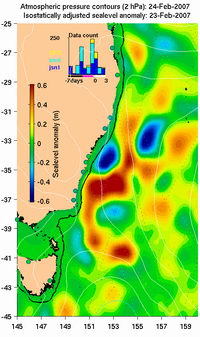
What is the truth about Climate Change?
Some time ago I wrote about Climate Change as being probably the most pressing problem facing humanity today. It is so pressing that I am convinced that possibly 90% of the human race - over 6 billion people - could be at risk of certain death in the very near future - like within twenty years - if this matter is not addressed adequately and appropriately very, very soon by our "glorious leaders" who seem to have little on their mind other than blowing up innocent people.
But then, that war-mongering has a hidden agenda behind it: to grab and hold resources.
But rest assured that the intent is not to grab and hold those resources for you and me; it is to get them for the "elite," that 6% of humanity that is on the top of the heap and intends to stay there regardless of the fact that those genes should never be passed on.
Well, the Climate Change Confusion factor is heating up.
Channel 4 recently broadcast a special on the "
Climate Change Swindle," that was intended to "expose the myths about climate change that have been promulgated in order to hoodwink the world into accepting the man-made theory of global warming."
As far as it went, this special wasn't too bad. However, it didn't really tell the whole story which is that, yes, Climate Change is real and a serious threat, but not for the reasons given.
As it happens, one of the experts included in the presentation has now announced that he was badly mis-quoted, or quoted out of context, and he is back-pedaling like mad.
Keep in mind that this is really just a distraction, something to keep the masses busy so that they don't see the real agenda: that it is intended that they should be "left out in the cold" because they didn't act to get rid of corrupt leaders in time to do anything to prepare for what is coming.
To make the point, let's look at this little debacle a bit more closely.
